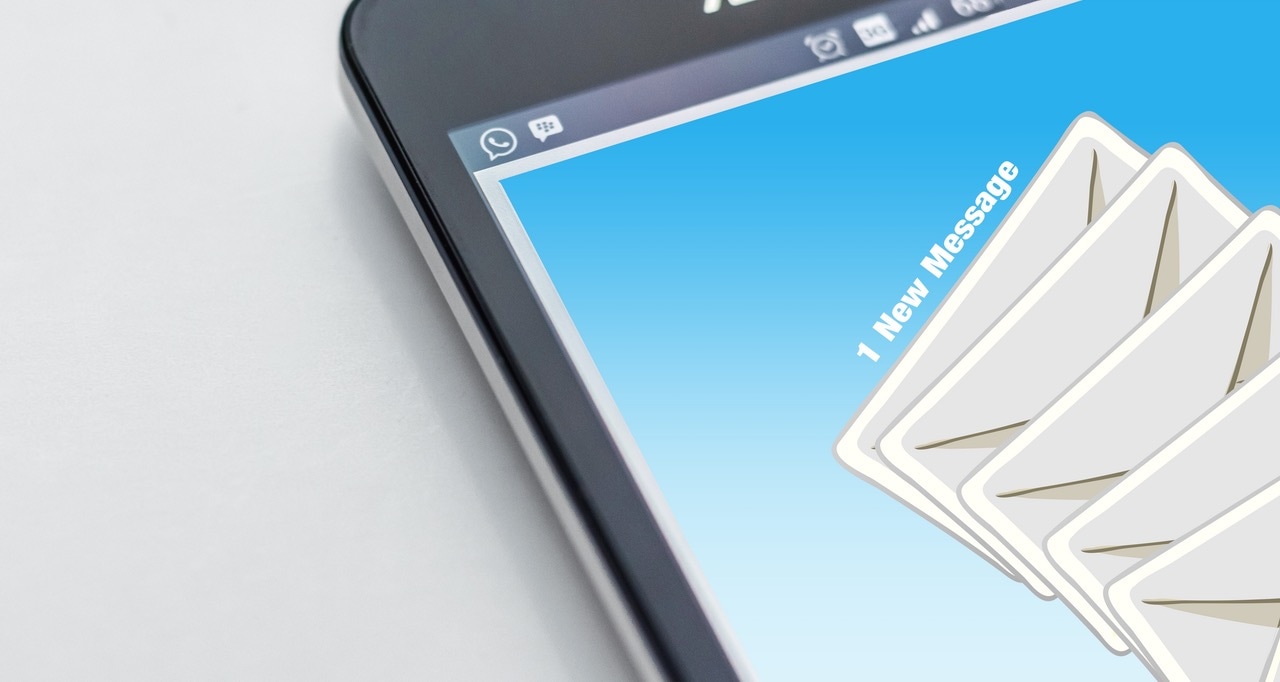|
You can waste an awful lot of time asking the same question via email. Day after day you send a lot of messages with the hope that you’ll get a response. So how can you increase your chances of getting a reply? There are a few simple things you can do to improve your odds. For one, make sure your subject line is short and specific. Research shows that you should aim for 6 words or less. Keeping your subject short makes it easier on the reader. It also ensures that the recipient can read the entire line on a mobile device.
It’s also a good guideline to keep your messages short (but not too short). Emails with less than 50 words may not communicate the question well or just not seem important to the reader. But requests that go beyond 250 words will often get skimmed or ignored all together. There is Power in Your Sign-Off Most of us end our emails with a regular closing phrase. It only takes a couple of words, but the very last things you write might just have a powerful affect. Earlier this year, Boomerang analyzed over 350,000 emails to see which sign-off had the very best response rate. And the results may surprise you. In fact, you might never look at your email sign-off the same way again. Here are the top 2 email closers for getting a response and 1 you should stop using right away: The Worst: “Best” First, let’s start with the sign-off which had the worst response rate. Many common sign-offs were analyzed including “Cheers” and “Regards”. But among the group, “Best” actually performed the worst. It could be that this closing comes across as insincere or perhaps unrelated to the message. Regardless of the reason, if you want a response to your email, you should avoid “Best” as your closer. Runner-Up: “Thanks” It looks like gratitude can be a powerful force when asking something of others. Hopefully this doesn’t come as a surprise. “Thanks” performed very well with a response rate of 63% (compared to “Best” at 51%). In fact, sign-offs with any expression of gratitude showed much higher response rates than others. It seems that being thankful (no matter what you are asking) will improve your chances of getting an email reply. The Winner: “Thanks in advance” We’ve just seen the power of the word “Thanks” when closing an email request. But don’t stop there! If appropriate, be sure to add “in advance” to your sign-off. “Thanks in advance” performed better than any other closing looked at in the study. With a response rate of 66%, you should consider using this sign-off as your standard. It makes sense why this closing has such positive results. Within it, you are giving advance thanks for a reply which has yet to be written. This certainly has a powerful effect on readers as many feel obliged to respond after reading these last words. So don’t take your sign-off lightly. When making an email request, show gratitude to increase your odds of getting a response the first time around. Question: What email sign-off works the best for you? Leave your answer in the comments below. And when you're ready, here are 2 ways I can help you: 1. Streamline Academy: Simplify your software and optimize your workday with exclusive training, courses, and live events. Explore the academy. 2. One-on-One Coaching: Get personalized software and productivity help so you can save time and work a lot less. Schedule a private session. Comments are closed.
|

